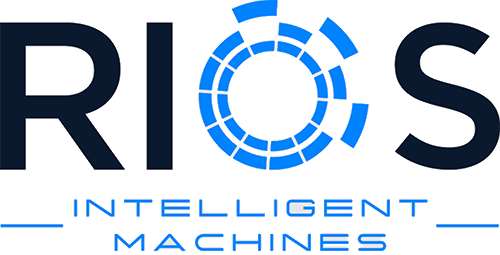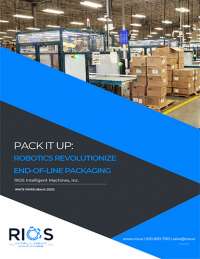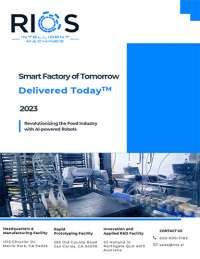Market leaders like Amazon are continuously evaluating throughput. The company’s fulfillment centers are extreme — workers are pressed to “make rate,” or meet productivity quotas, or they can lose their jobs if they don’t move fast enough. Amazon’s system tracks each operator’s productivity rate and automatically generates warnings without input from supervisors.
Speed has become a critical component of success to every business, and it is imperative to shave time out of the production process to meet customers’ ballooning demand. Today, consumers use shipping speed as a major decision factor in their purchases. Such behaviors, fueled by companies like Amazon, are expected to continue.
Delivering products or services to customers as fast as possible is no longer a luxury—it's now widely considered the norm. Companies that meet and exceed customer demand are in a strong position to be market leaders. The enterprises that lean into new technologies and process improvements can preserve and expand their bottom lines.
“Adapt or die” is a very real position, and a continuous review of production speed can offer many insights for a successful path forward.
There are many ways in which classic and standard operations can increase throughput within their operations to grow their profitability and ultimately delight customers and secure business. Three key areas to analyze include business metrics, bottlenecks, and high-turnover positions.
Business metrics
Most businesses do not know all the key performance indicators (KPIs) for their operations. Operations managers and owners who understand their KPIs have a great pulse on the business and know how to make money.
When times are lean, it is imperative that your metrics are accurate. Business intelligence, stemming from big data, is critical to knowing where to adjust your process and make meaningful improvements. Do you have a deep understanding of all your process KPIs?
Bottlenecks
New technologies are positively impacting production, and it is worth reviewing the current bottlenecks for process improvement.
Where does your team troubleshoot the most errors? Have you reviewed antiquated processes or equipment? Is there a product line that is not producing the desired profitability? When was the last time you brought in a consultant to evaluate the operations and bring new ideas?
These are several questions to lead you to smoothing bottlenecks and bring process improvements.
High-turnover positions
Front-line employees have a wealth of information and can quickly identify the least effective or enjoyable part of their day. This is a great identification technique to find the least effective or efficient process.
Not only are the present employees a keen indicator of inefficiencies, but the absent employees also speak loudly. The positions with the greatest churn are costing you. The costs of attracting and retaining employees are a substantial part of total expenses, and high turnover can affect the bottom line.
World-leading automation is more accessible today than ever. Automation, including robotics and AI, is a viable pathway to drastically enhance productivity without burning people. Automation frees human operators from performing dull, dirty, and dangerous tasks and from repetitive stress injuries.
Machines and humans can increasingly collaborate and successfully contribute to aggressive company throughput and growth goals. The robotics-as-a-service (RaaS) business model is quickly becoming a favorite way for enterprises to integrate new systems into production. Now is the time to leverage new technologies in your operations, gain speed, and secure your customers’ business.

About the author
Kelly Kamlager is senior director of marketing at RIOS Corp., which has developed a haptic intelligence platform enabling its robots to perform tasks requiring human-level dexterity and to operate in unstructured environments.
This column is reposted with permission.
Article topics
Email Sign Up














